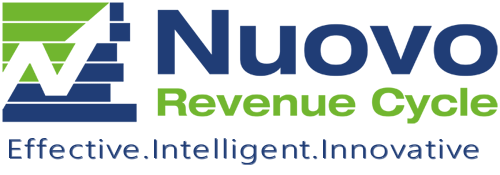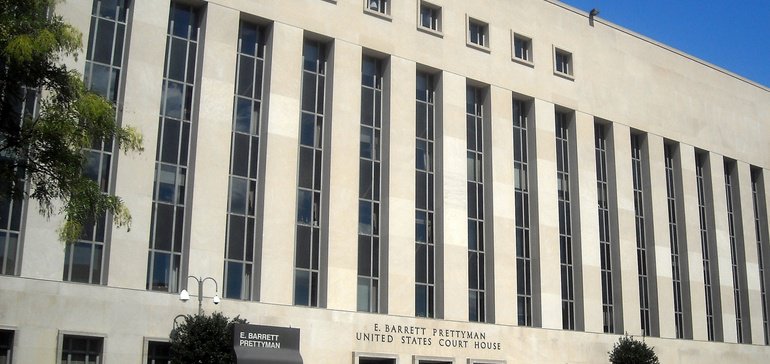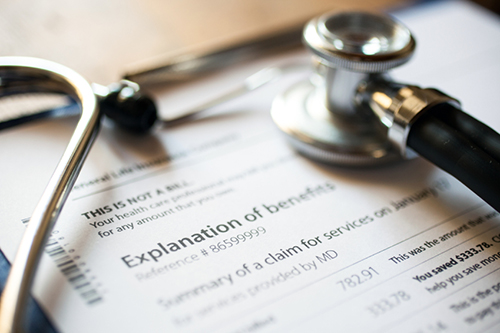Article originally published in Healthcaredive.com. Author: Les Masterson
- Members in large employer health plans saw their payments for deductibles and coinsurance increase faster than the total cost for covered benefits between 2006 and 2016.
- A new Peterson-Kaiser Health System Tracker report found deductibles rose 176% and coinsurance increased 67% over the decade, but copayment spending dropped by 38% in that period.
- Overall, the report said total out-of-pocket spending increased by 54% in that period from an average of $525 in 2006 to $806 in 2016. However, health plan payments increased 48% on average from $3,182 to $4,724, which the report said was a “slight decline in generosity of insurance.” The rate of payments by health plans actually decreased in that time from 85.8% of covered medical expenses on average in 2006 to 85.4% in 2016.
The Peterson-Kaiser Health System Tracker used the Truven Health Analytics MarketScan Commercial Claims and Encounters Database to review claims between 1.05 million and 15.3 million enrollees per year to analyze average health costs, including out-of-pocket expenses and what payers contributed to medical payments.
The average deductibles increased from $303 to more than $1,200 over that time. The move to higher deductibles is evident as deductibles accounted for 52% of cost-sharing payments in 2016 compared to only 30% in 2006. Coinsurance also increased from 28% to 31% in that period. However, copayments dropped from 43% of cost-sharing payments to just 17% 10 years later.
The report said looking solely at deductibles gives a partial look at employee out-of-pocket costs. Not all employees reach their deductibles and some plans reduced copays while requiring coinsurance payments.
Nevertheless, the Peterson-Kaiser Health System Tracker concluded that while average payments toward deductibles are still low, those costs have increased “considerably” as part of household budgets.
“While overall healthcare spending has been growing at modest rates in recent years, the growth in out-of-pocket costs comes at a time when wages have been largely stagnant,” the report said.
Out-of-pocket costs remain a major concern for healthcare consumers. A recent The Commonwealth Fund survey found that fewer Americans are confident they could afford healthcare if they come down with a serious illness. One-third of U.S. adults say they’re concerned that they won’t be able to afford care. About half of people with incomes below $30,150 are worried about not being able to afford healthcare. The Commonwealth Fund also noted significant declines in confidence for younger adults, people between 50 and 64, women and Americans with existing health conditions.
A recent JPMorgan Chase Institute report, Paying Out-of-Pocket: The Healthcare Spending of 2 Million U.S. Families, found Americans are struggling with out-of-pocket healthcare costs. Another report, the HealthFirst Financial Patient Survey, uncovered that more than 40% of respondents were “very concerned” or “concerned” about being able to pay out-of-pocket medical bills over the next two years.
TransUnion Healthcare recently reported that out-of-pocket healthcare costs increased 11% last year, with average fourth-quarter costs of $1,813. That’s an increase from $1,630. Nearly half of out-of-pocket costs were less than $500 per medical visit, but 12% exceeded $1,000.







No Comments